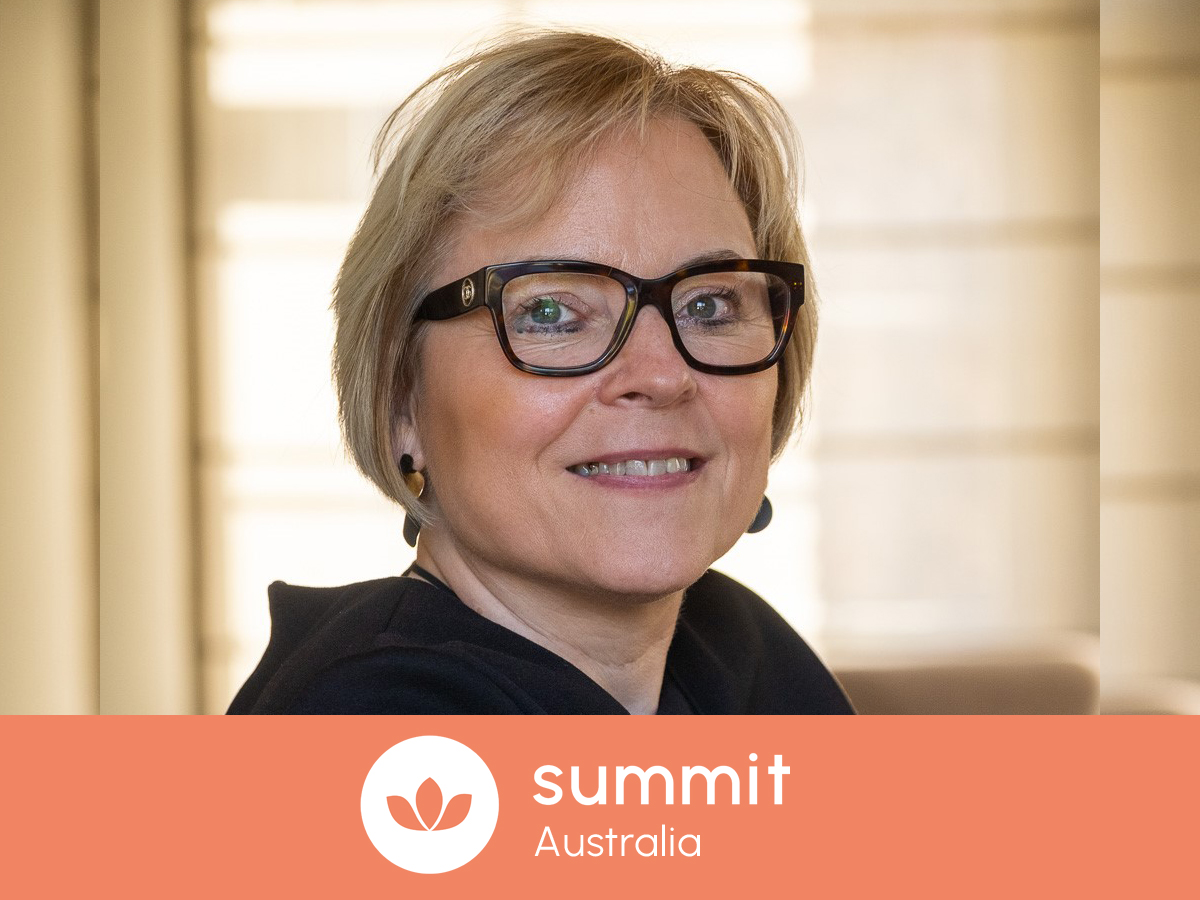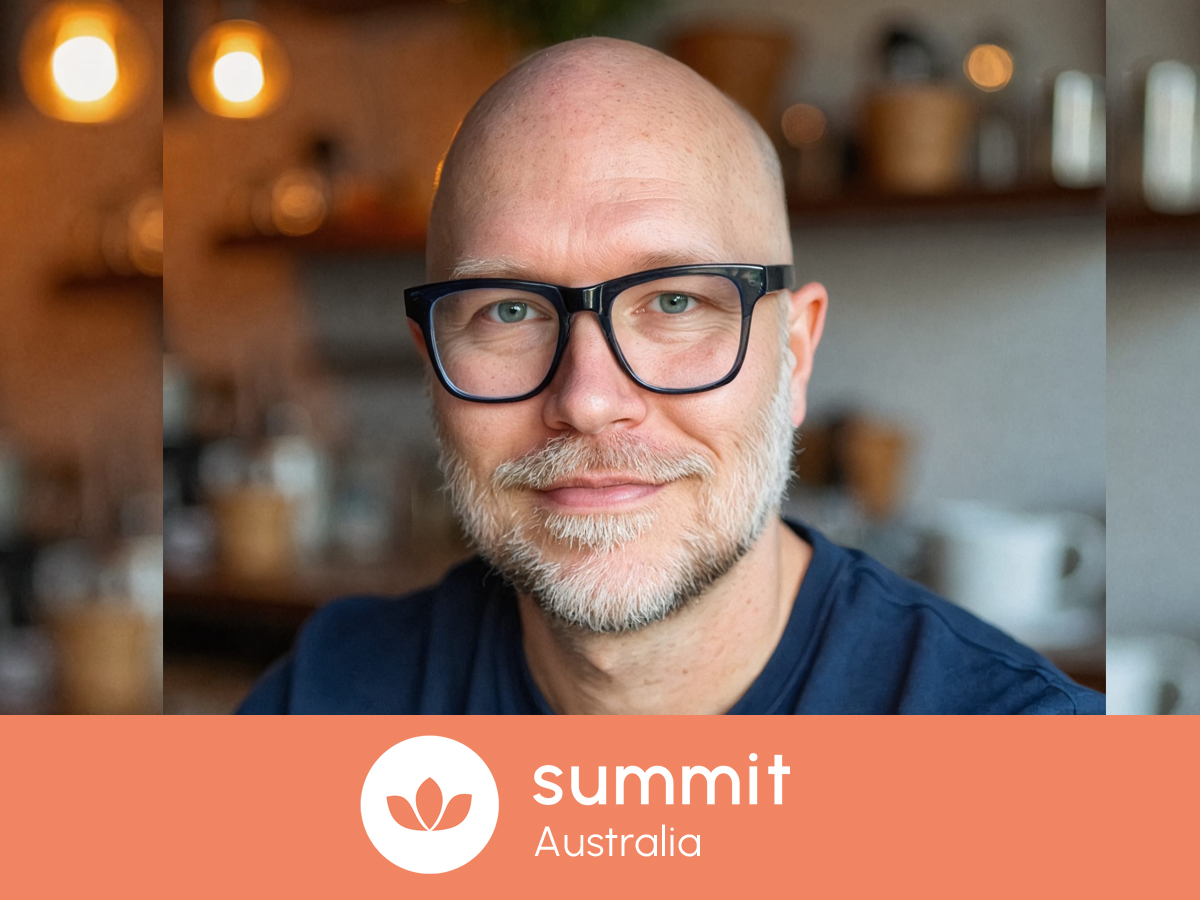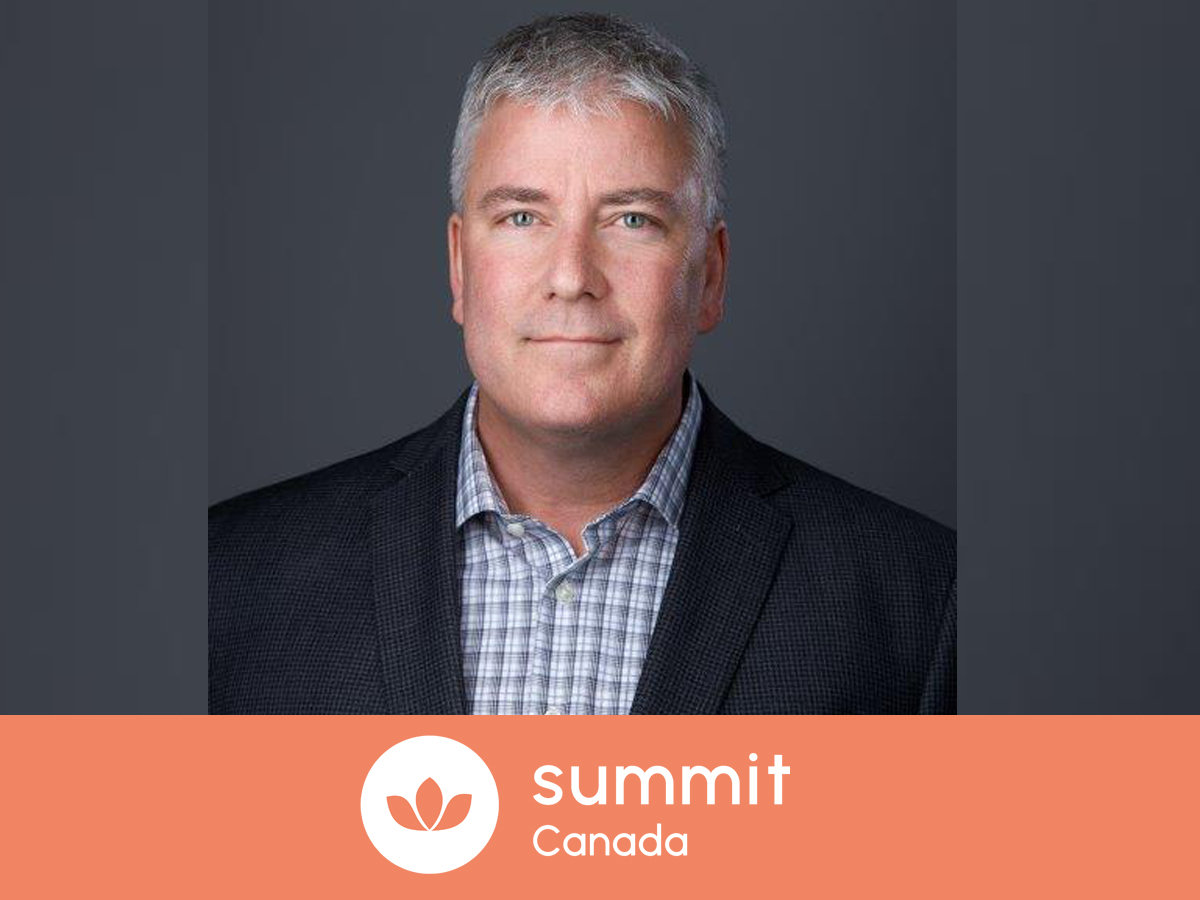
We are delighted that Cheryl will be speaking in Manchester as part of our UK Summit. We caught up with her to find out how she’s feeling in the runup to the event.
Hi Cheryl, we are thrilled that you will be speaking at the Wellbeing at Work UK Summit in September. Our first and most important question is, how are you doing today?
Thank you. I’m doing well and really looking forward to the summit. It’s always energising to connect with others who are just as passionate about workplace wellbeing and creating environments where people can thrive.
As a leader based in the region, what are the main challenges you are facing when it comes to employee wellbeing and mental health?
One of the biggest challenges is the sheer pace of change and the impact that’s having on people’s ability to feel grounded. Whether it’s economic uncertainty, cost of living pressures, or evolving workplace expectations, many employees are carrying a heavy emotional load. Creating a sense of psychological safety and consistent support is more critical and complex than ever.
What strategies have you seen developing over the past 6 months, both internally and externally, that are moving the dial on wellbeing in the workplace?
We’re seeing a real shift towards integrated wellbeing, moving beyond standalone initiatives to embed wellbeing into the culture, leadership behaviours, and daily employee experience. Internally, we’re focusing more on manager capability and making wellbeing conversations part of everyday leadership. Externally, it’s encouraging to see more organisations using data to inform their approach and align wellbeing with business outcomes.
Why is employee wellbeing so important to you personally?
Because people aren’t just employees, they bring their whole selves to work. When people feel well, supported, and connected, they’re not only more engaged but also more resilient and innovative. For me, it’s about creating the kind of workplace where people feel valued and have space to grow and I’ve seen first-hand the impact that can have on individuals, teams, and business performance.
What impact is AI having in your organisation and how are you managing that?
AI is definitely accelerating change, and with that comes both opportunity and concern. We’re focusing on transparency, helping our people understand where AI is being used, how it supports them, and what skills they’ll need going forward. At the same time, we’re being intentional about ensuring AI doesn’t replace human connection, it should enhance it, not erode it.
Other than AI, are there any challenges that you are seeing for the first time and how are you addressing them?
We’re seeing more employees grappling with boundary-setting in an always-on culture, especially in hybrid and operational environments. There’s also a growing expectation around purpose and values alignment. We’re addressing this by strengthening communication, role-modelling balance from the top, and creating space for reflection and feedback, so people feel seen and heard, not just managed.
What areas do you think employers should be focused on over the next 12 months?
Three areas stand out: emotional resilience, belonging, and leadership capability. We need leaders who can lead with empathy and clarity, teams who feel connected despite physical distance, and organisations that support people in building long-term resilience, just reacting to burnout.
Do you feel that investment in employee wellbeing in the region is increasing or decreasing and is that a direct reflection on HR leaders’ increasing ability to demonstrate effective returns of their strategies to leadership?
Investment is cautiously increasing, but with much more scrutiny. HR leaders are definitely becoming more fluent in showing how wellbeing links to retention, engagement, and performance. The challenge now is maintaining that investment by continuing to evidence impact, not just through surveys, but through broader business data.
How has your organisation been leading the way?
We’ve worked hard to make wellbeing more than a programme, it’s becoming part of how we lead, communicate, and make decisions. From upskilling managers to building in moments of connection and recovery into our operational rhythm, we’re committed to making wellbeing a strategic priority, not a side project. And we’re learning all the time, listening, evolving, and co-creating with our people.
Cheryl will be speaking in Manchester at the Wellbeing at Work Summit UK.
Our London Summit takes place on 23rd September. Visit our London webpage for further details and to book your tickets.
Our Manchester Summit takes place on 25th September. To find out more about our Manchester Summit and book your tickets please visit our Mancherster webpage.



